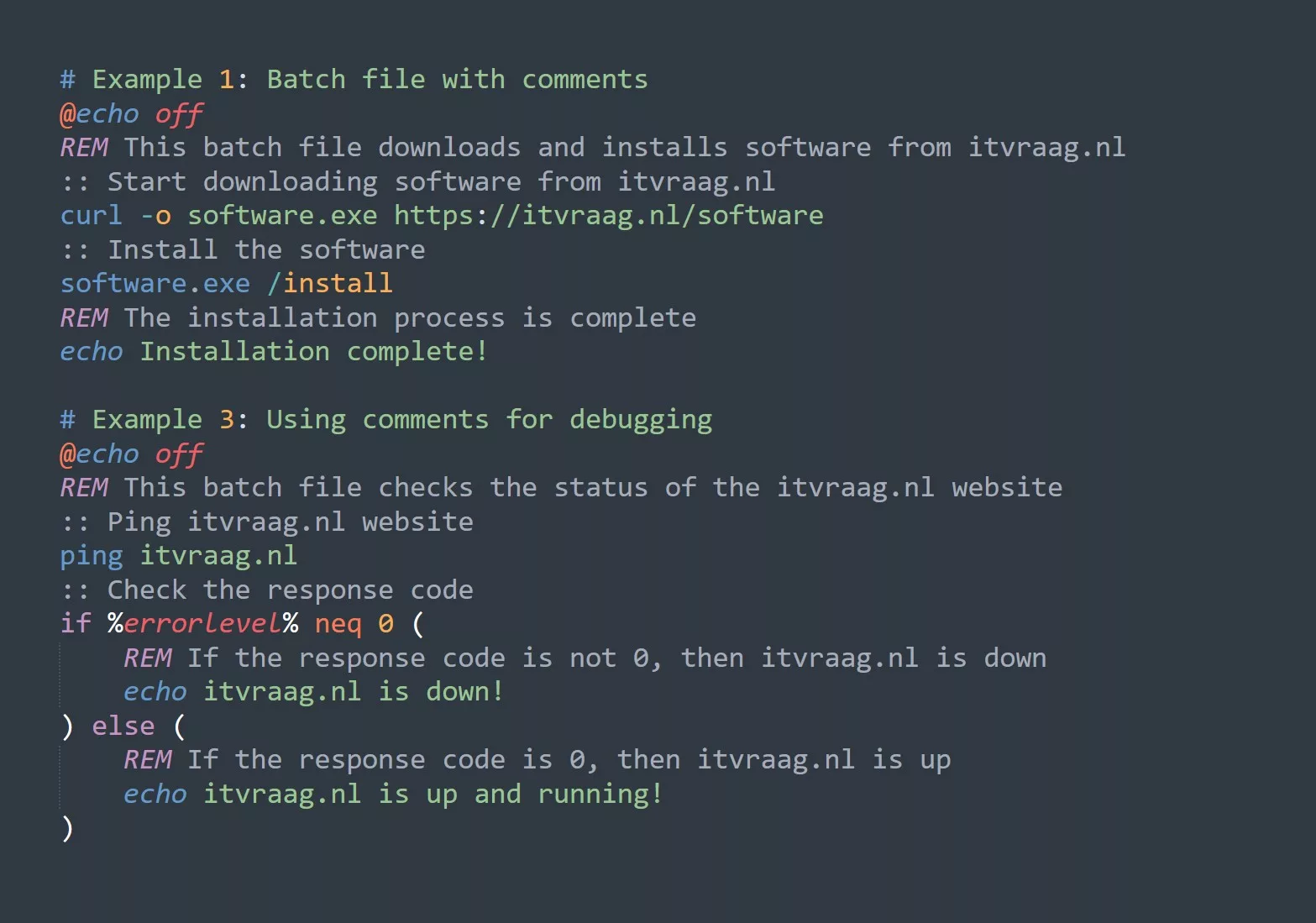What is “tracert” and what does it do?
- “tracert” stands for “trace route.” It is a command-line utility in Windows that is used to determine the path that a packet takes from the computer you are using to its destination.
- “tracert” works by sending a series of Internet Control Message Protocol (ICMP) Echo Request messages to the destination host and waiting for a response. As each response is received, “tracert” determines the round-trip time (RTT) and records the IP address of the responding host.
How to use “tracert” in Windows 11
- To use “tracert,” open the Command Prompt or PowerShell.
- Type
tracertfollowed by the destination hostname or IP address you want to trace the route to, and press Enter. For example:tracert itvraag.nl - “tracert” will display the results in a series of lines, each showing the RTT and the IP address of a host on the path. The final line will show the destination host.
Example
C:\\>tracert itvraag.nl
Tracing route to itvraag.nl [31.207.61.33]
over a maximum of 30 hops:
1 <1 ms <1 ms <1 ms Router1 [192.168.1.1]
2 15 ms 18 ms 20 ms Router2 [10.0.0.1]
3 22 ms 23 ms 25 ms Router3 [172.16.0.1]
4 29 ms 31 ms 33 ms Router4 [172.31.0.1]
5 35 ms 36 ms 38 ms itvraag.nl [31.207.61.33]
Trace complete.
In this example, “tracert” sends an ICMP Echo Request message to the first router (Router1), which responds with an ICMP Echo Reply message. “tracert” then sends an Echo Request message to Router2, which responds with an Echo Reply message, and so on. When the final Echo Request message reaches itvraag.nl, it responds with an Echo Reply message and the trace is complete.
Advanced options and usage
- “tracert” has several options that you can use to customize its behavior. For example, you can use the
doption to prevent “tracert” from resolving IP addresses to hostnames, or thehoption to specify the maximum number of hops that “tracert” should trace. - Here is an example of using “tracert” with the
dandhoptions:tracert -d -h 10itvraag.nl - This command will trace the route to itvraag.nl, but it will not resolve IP addresses to hostnames and it will only trace up to 10 hops.
Using the -d option to prevent “tracert” from resolving IP addresses to hostnames:
C:\\>tracert -d itvraag.nl
Tracing route to 31.207.61.33 over a maximum of 30 hops
1 <1 ms <1 ms <1 ms Router1 [192.168.1.1]
2 15 ms 18 ms 20 ms Router2 [10.0.0.1]
3 22 ms 23 ms 25 ms Router3 [172.16.0.1]
4 29 ms 31 ms 33 ms Router4 [172.31.0.1]
5 35 ms 36 ms 38 ms 31.207.61.33
Trace complete.
Using the -h option to specify the maximum number of hops that “tracert” should trace:
C:\\>tracert -h 10 itvraag.nl
Tracing route to itvraag.nl [31.207.61.33] over a maximum of 10 hops:
1 <1 ms <1 ms <1 ms Router1 [192.168.1.1]
2 15 ms 18 ms 20 ms Router2 [10.0.0.1]
3 22 ms 23 ms 25 ms Router3 [172.16.0.1]
4 29 ms 31 ms 33 ms Router4 [172.31.0.1]
5 35 ms 36 ms 38 ms itvraag.nl [31.207.61.33]
Trace complete.



